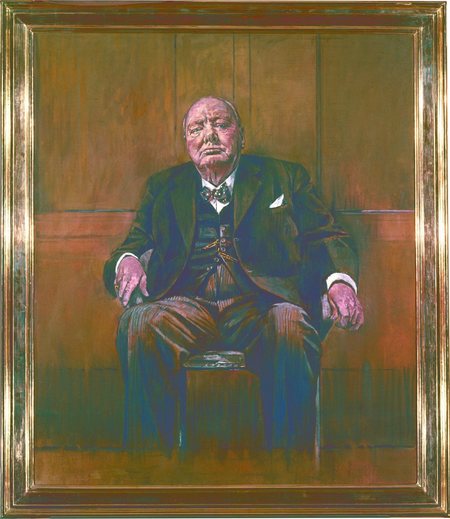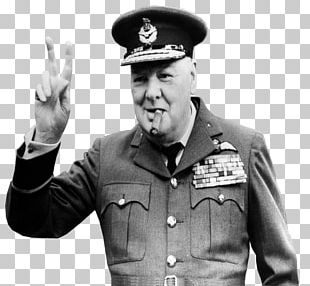

Lady Spencer-Churchill had previously destroyed earlier portraits of her husband that she disliked, including sketches by Walter Sickert and Paul Maze. In 1978, it was reported that Lady Spencer-Churchill had destroyed the painting within a year of its arrival at Chartwell, by breaking it into pieces and having them incinerated to prevent it from causing further distress to her husband. Requests to borrow the painting for exhibitions of Sutherland's work were rejected. The painting was intended to hang in the Houses of Parliament after Churchill's death, but it was instead given as a personal gift to Churchill himself, who took it back to Chartwell and refused to display it. While Aneurin Bevan (a Labour MP and one of Churchill's critics) called it "a beautiful work", Lord Hailsham (a Conservative colleague and friend) called it "disgusting". Other reactions were mixed some critics praised the strength of its likeness, but others condemned it as a disgrace. In his acceptance speech, Churchill remarked on the unprecedented honour shown to him and described the painting (in a remark often considered a backhanded compliment) as "a remarkable example of modern art", combining "force and candour".

The presentation ceremony at Westminster Hall was recorded by the BBC. Conservative MP Charles Doughty persuaded Churchill that the presentation had to go ahead to avoid offending the members of Parliament who financed it. In response, Sutherland maintained that he painted the Prime Minister as he truly saw him and that the depiction was an honest and realistic representation. With ten days remaining, he sent a note to Sutherland stating that "the painting, however masterly in execution, is not suitable" and declared that the ceremony would go ahead without it. He described it to Lord Moran as "filthy" and "malignant", and complained that it made him "look like a down-and-out drunk who has been picked out of the gutter in the Strand." Churchill also declared, "It makes me look as if I were straining a stool" (i.e. It was his first view of the work and he was deeply upset. Lady Spencer-Churchill viewed the completed portrait on 20 November 1954 and took a photograph back to her husband. Churchill's son Randolph thought the portrait made him look "disenchanted". Lady Spencer-Churchill thought it was a good resemblance – "really quite alarmingly like him" – but also said it made him look too cross, while recognising that it was a familiar expression. Sutherland was reluctant to discuss the work in progress with Churchill and showed the subject few of his working materials. Churchill is shown scowling, slightly slumped forward, surrounded by wintry grey, brown and black tones. President Abraham Lincoln at the Lincoln Memorial in Washington, D.C. The pose, with Churchill grasping the arms of his chair, recalls the statue of U.S. He brought his preliminary materials to his studio to create the final work on a large square canvas, the shape chosen to symbolize Churchill's solidity and endurance, embodied in a remark that Churchill made, "I am a rock". Additionally, Sutherland worked from photographs by Elsbeth Juda. After completing these sketches, he made some oil studies of his subject. Sutherland made preparatory charcoal sketches of Churchill at a handful of sittings at Chartwell from August 1954, concentrating on Churchill's hands and face. Churchill wished to be depicted in his robes as a Knight of the Garter, but the commission specified that he should be shown in his usual parliamentary dress – a black morning coat, with waistcoat and striped trousers, and a spotted bow tie.

Sutherland and Churchill had different hopes for the painting. He was drawn to depicting subjects as they truly were without embellishment some sitters considered his disinclination to flattery as a form of cruelty or disparagement to his subjects. Sutherland had gained a reputation as a modernist painter through some recent successful portraits, such as Somerset Maugham in 1949. By the time the portrait had been commissioned, Churchill was an elder statesman nearing the end of his second period as Prime Minister.


 0 kommentar(er)
0 kommentar(er)
